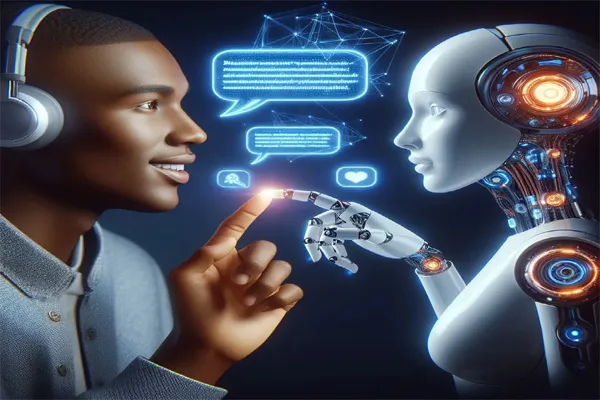Synthesis Steps:
1. Text Analysis: AI analyzes the input text to understand its meaning, context, and content.
2. Tokenization: The text is broken down into individual words or tokens.
3. Embeddings: Each token is converted into a numerical representation (embedding) that captures its semantic meaning.
4. Image Generation: The embeddings are fed into a generative model (e.g., GAN, VAE) that generates an image.
Key AI Architectures:
1. Generative Adversarial Networks (GANs): Consist of two neural networks: generator (creates images) and discriminator (evaluates image realism).
2. Variational Autoencoders (VAEs): Learn to compress and reconstruct images from text embeddings.
3. Transformers: Used for text analysis and embedding generation.
Popular Text-to-Image Models:
1. DALL-E: Generates photorealistic images from text prompts.
2. Midjourney: Creates artistic images from text descriptions.
3. Stable Diffusion: Produces high-quality images from text prompts.
Techniques Used:
1. Diffusion Models: Gradually refine image generations.
2. Attention Mechanisms: Focus on specific text tokens for image generation.
3. Layer Normalization: Stabilizes image generation.
Applications:
1. Art and Design: Generate artwork, product designs, or architectural visualizations.
2. Advertising: Create customized ads with dynamic images.
3. Virtual Reality: Generate immersive environments.
4. Education: Visualize complex concepts for better understanding.























































































































































































































































































































































































































